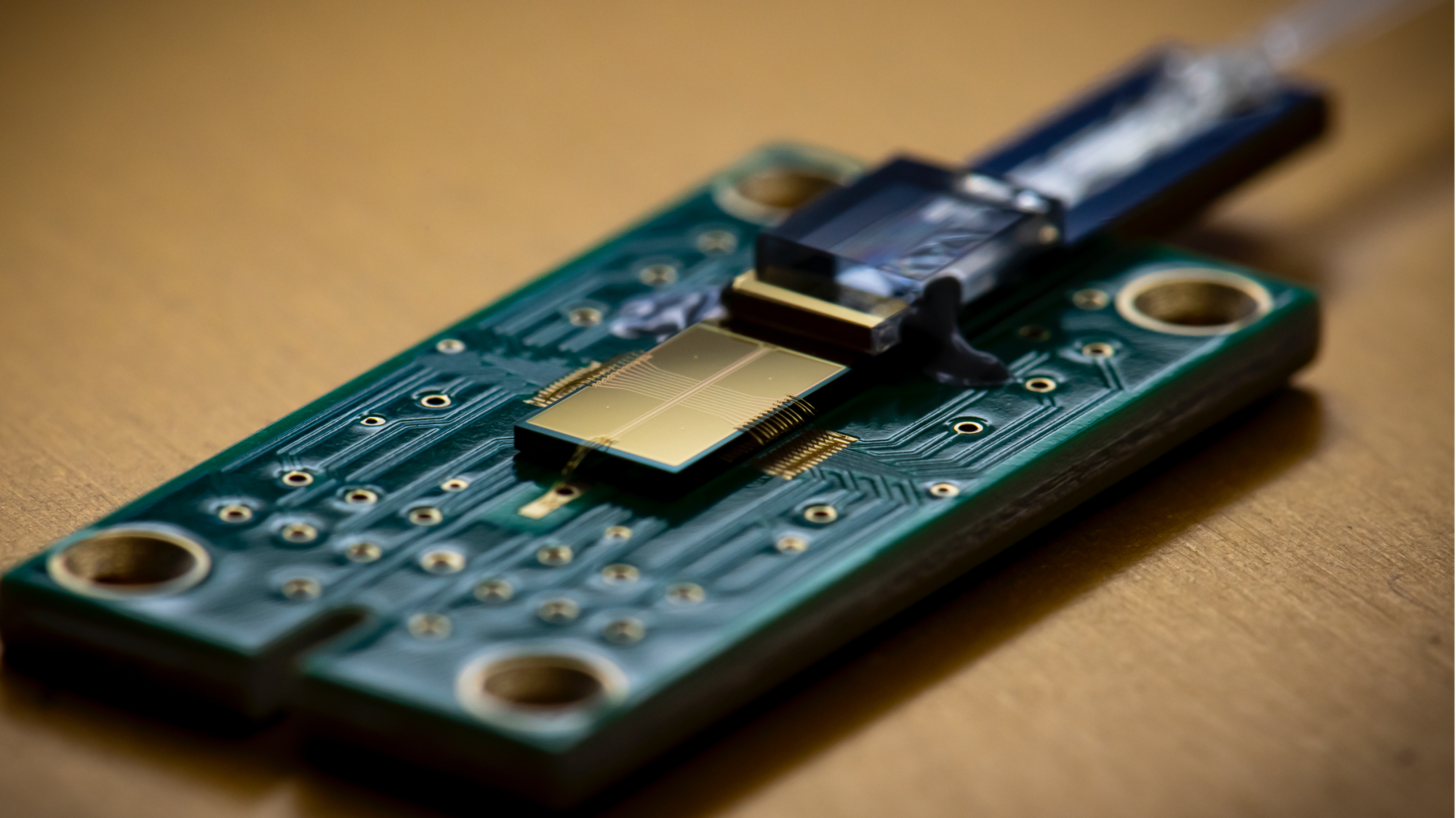Why ITOS?
Building fault-tolerant large-scale quantum computers using trapped ions will be hard. On the one hand, we will need to develop better tools for scaling up trapped ion quantum processors. On the other, we need to advance its error correction capabilities, both from theory and technological perspectives. Exciting and inspiring progress is happening in both fronts. The Ion Trapping Online Seminar (ITOS) emerges as a place where scientists can share their progress in these topics, bringing the ion trapping community closer together. In this seminar, speakers from ion trapping and quantum error correction groups across the globe will present their work regarding either of these topics.
Upcoming talks
The seminar will take place on Wednesday every 3-4 weeks. The seminars will happen in the US morning and Europe Afternoon.
Subscribe to our mailing list to stay updated on the next events.
Wednesday November 20th, 2024
16:00 (CEST)
10:00 (EST)
Three-dimensional sensing with a trapped ion
Single-atom quantum sensors offer high spatial resolution as well as high sensitivity to electric and magnetic fields. Among these, trapped ions are exceptionally sensitive to electric fields, which has been used in particular to measure noise of unexplained origin originating from metallic surfaces. However, the flexibility has so far been constrained by the use of radio-frequency fields for confinement, restricting translation to a single dimension. We instead use a Penning trap, enabling 3D positioning, with a single ion at distances between 50 μm and 450 μm from the trap and above a 200 × 200 μm^2 surface area, allowing us to measure static and fluctuating electric fields as well as magnetic fields. We use this to map charge distributions on the surface and noise stemming from it.
Tobias Sägesser (ETH Zürich)
Previous talks
Wednesday October 23rd, 2024
15:00 (CEST)
09:00 (EST)
Demonstration of fault-tolerant Steane quantum error correction
Encoding information redundantly using quantum error-correcting (QEC) codes allows one to overcome the inherent sensitivity to noise in quantum computers to ultimately achieve large-scale quantum computation. The Steane QEC method involves preparing an auxiliary logical qubit of the same QEC code used for the data register. The data and auxiliary registers are then coupled with a logical CNOT gate, enabling a measurement of the auxiliary register to reveal the error syndrome. We will present our work on the implementation of Steane QEC on a trapped-ion quantum computer, considering different codes and comparing our results to a previous experimental approach utilizing flag qubits. Our experimental findings show improved logical fidelities for Steane QEC. This establishes experimental Steane QEC as a competitive paradigm for fault-tolerant quantum computing.
Friderike Butt (RWTH Aachen University)
Vanya Pogorelov (IQOQI Innsbruck)
Join our mailing list
To access the seminars and stay updated on the upcoming talks
